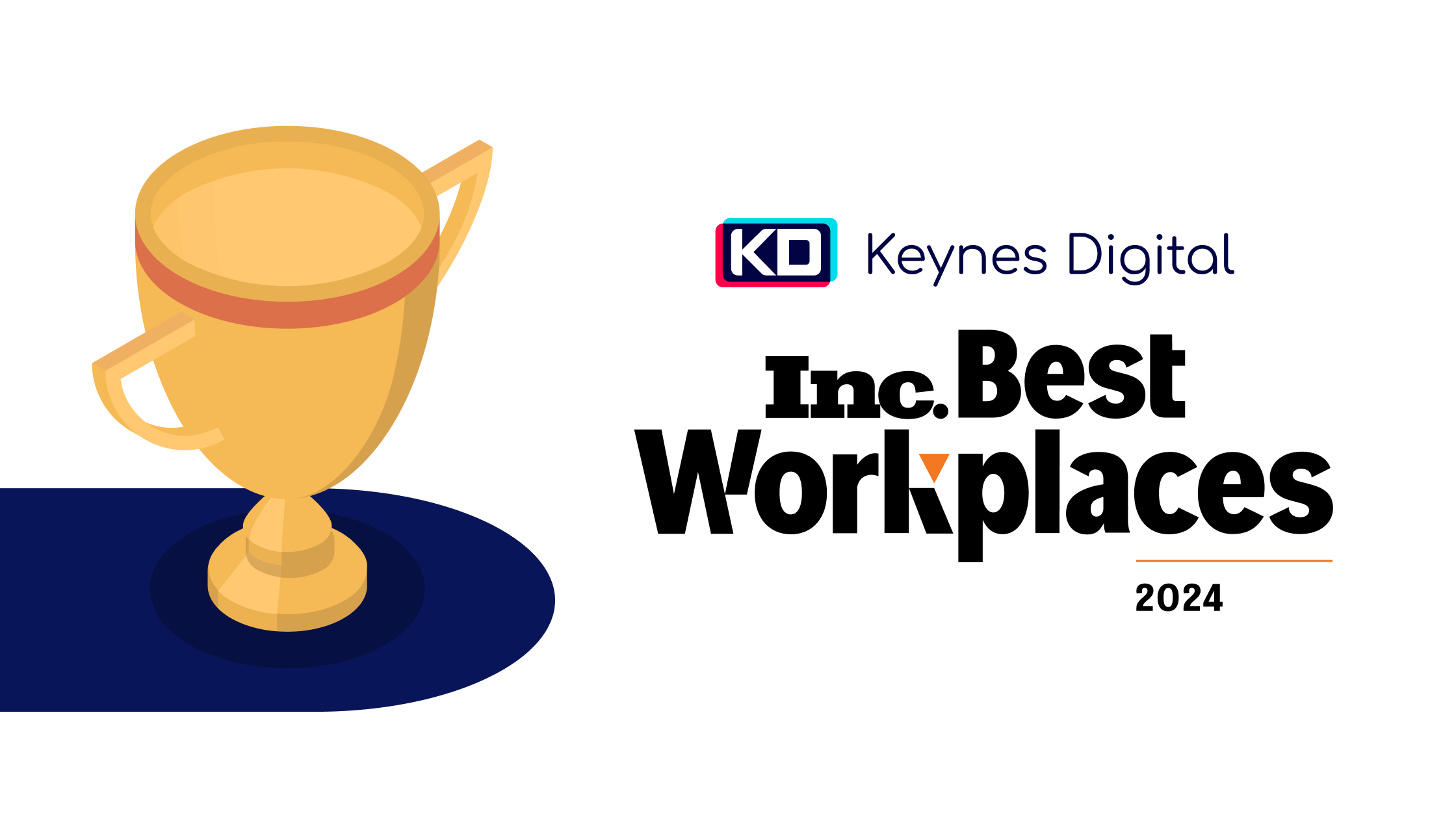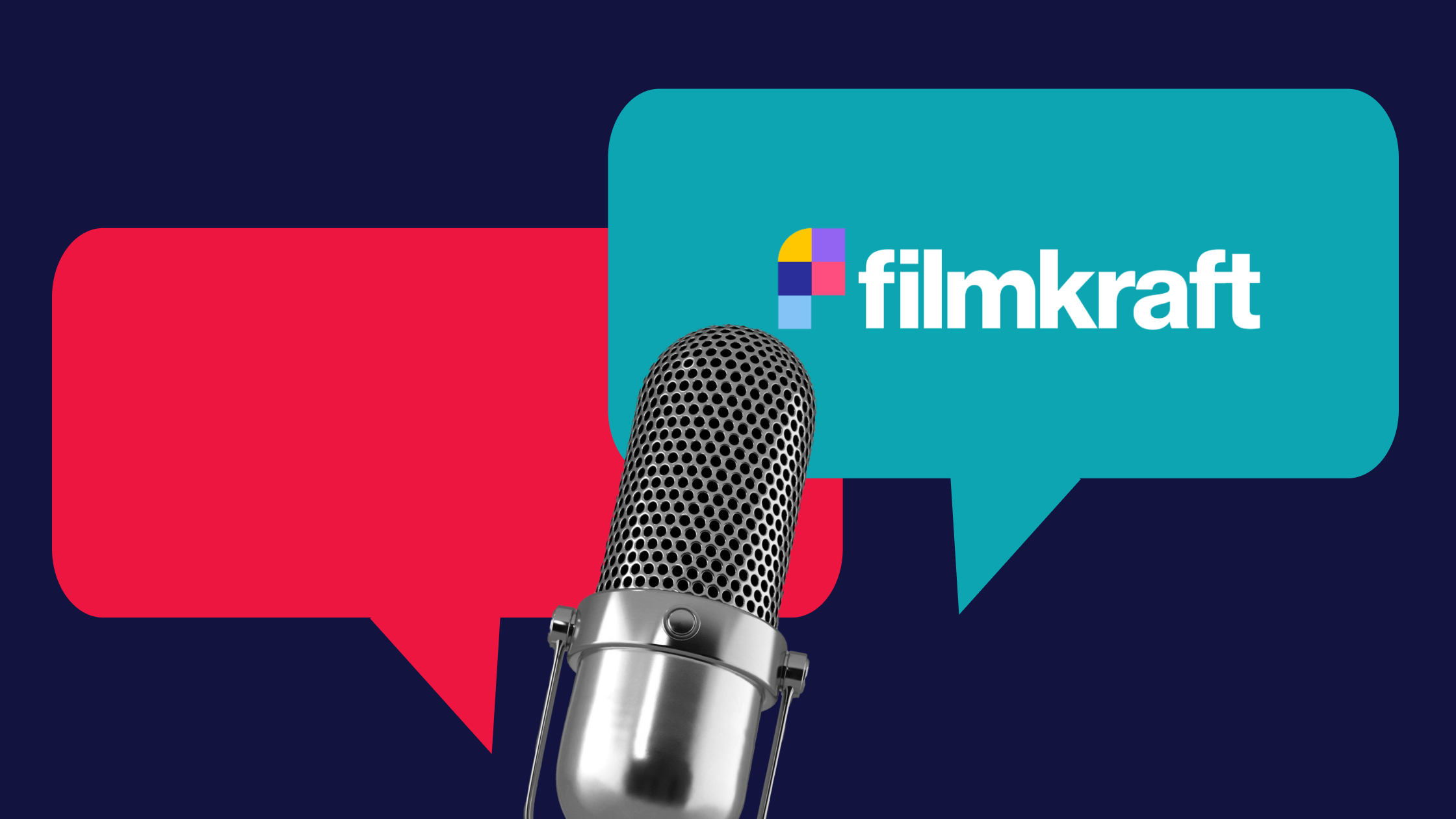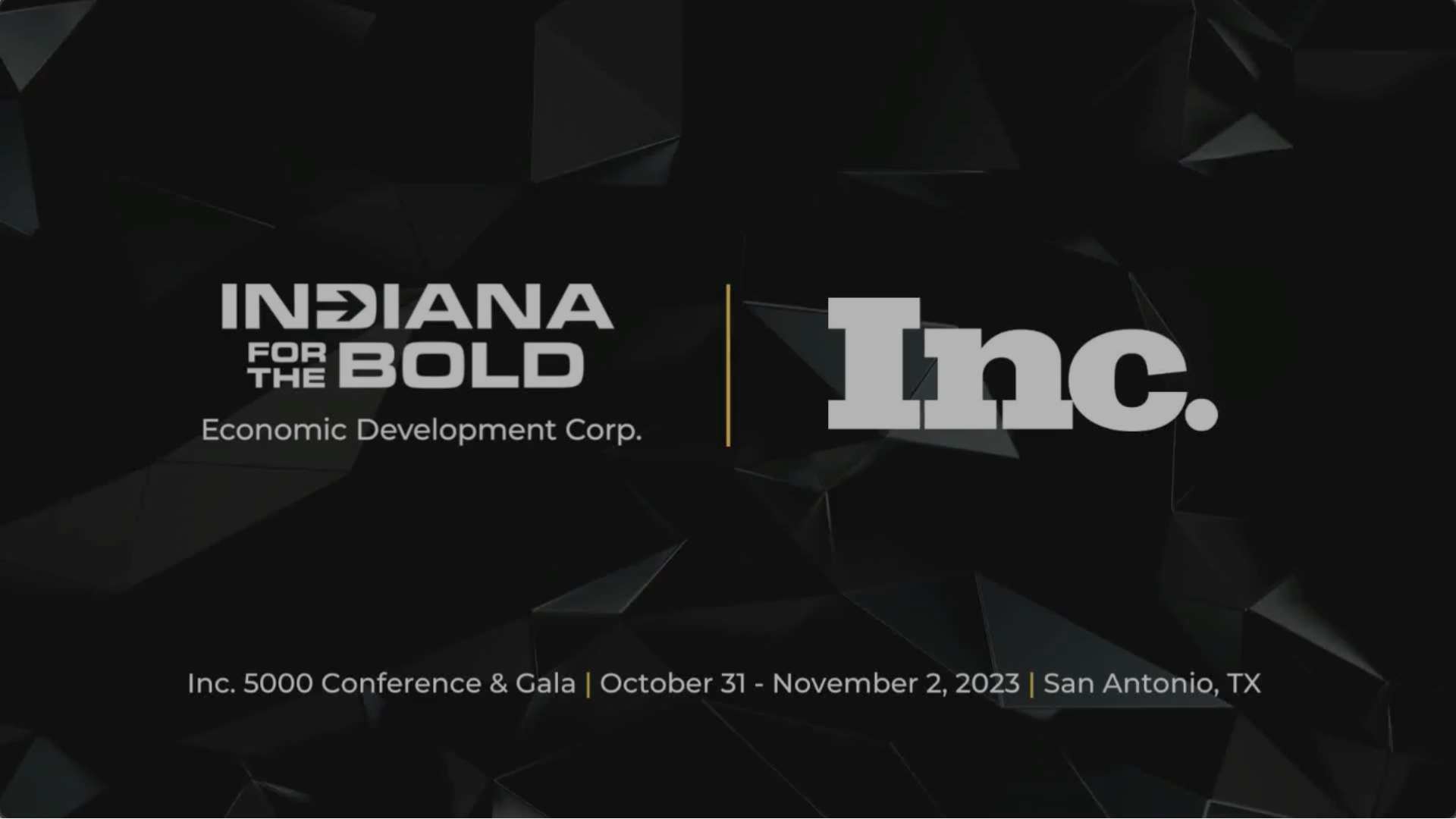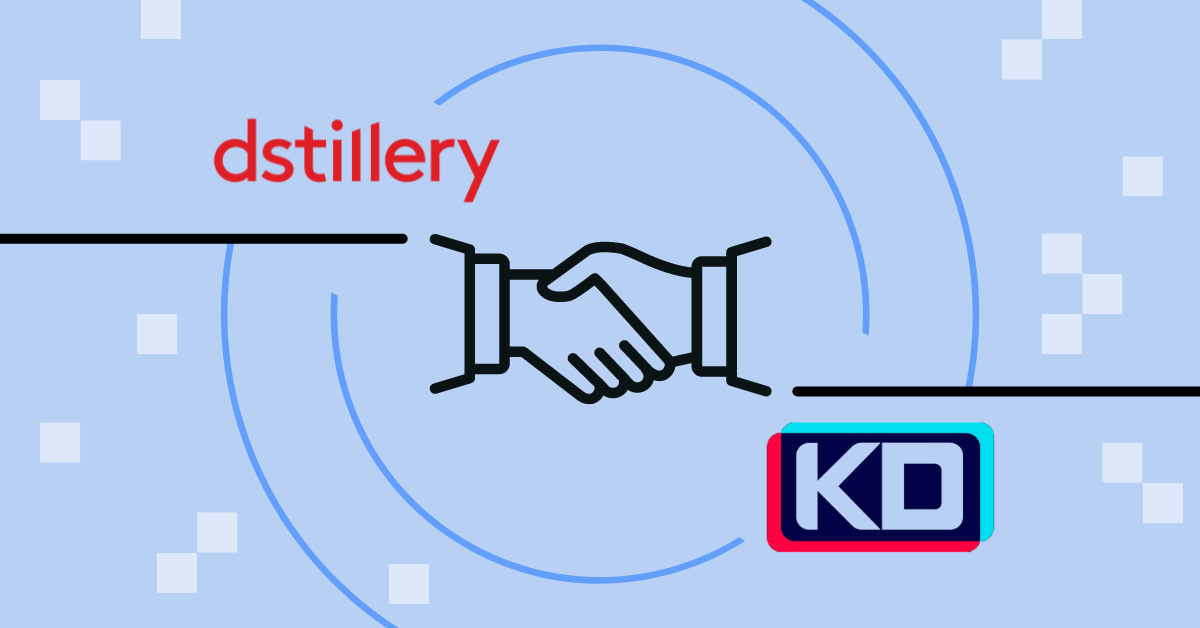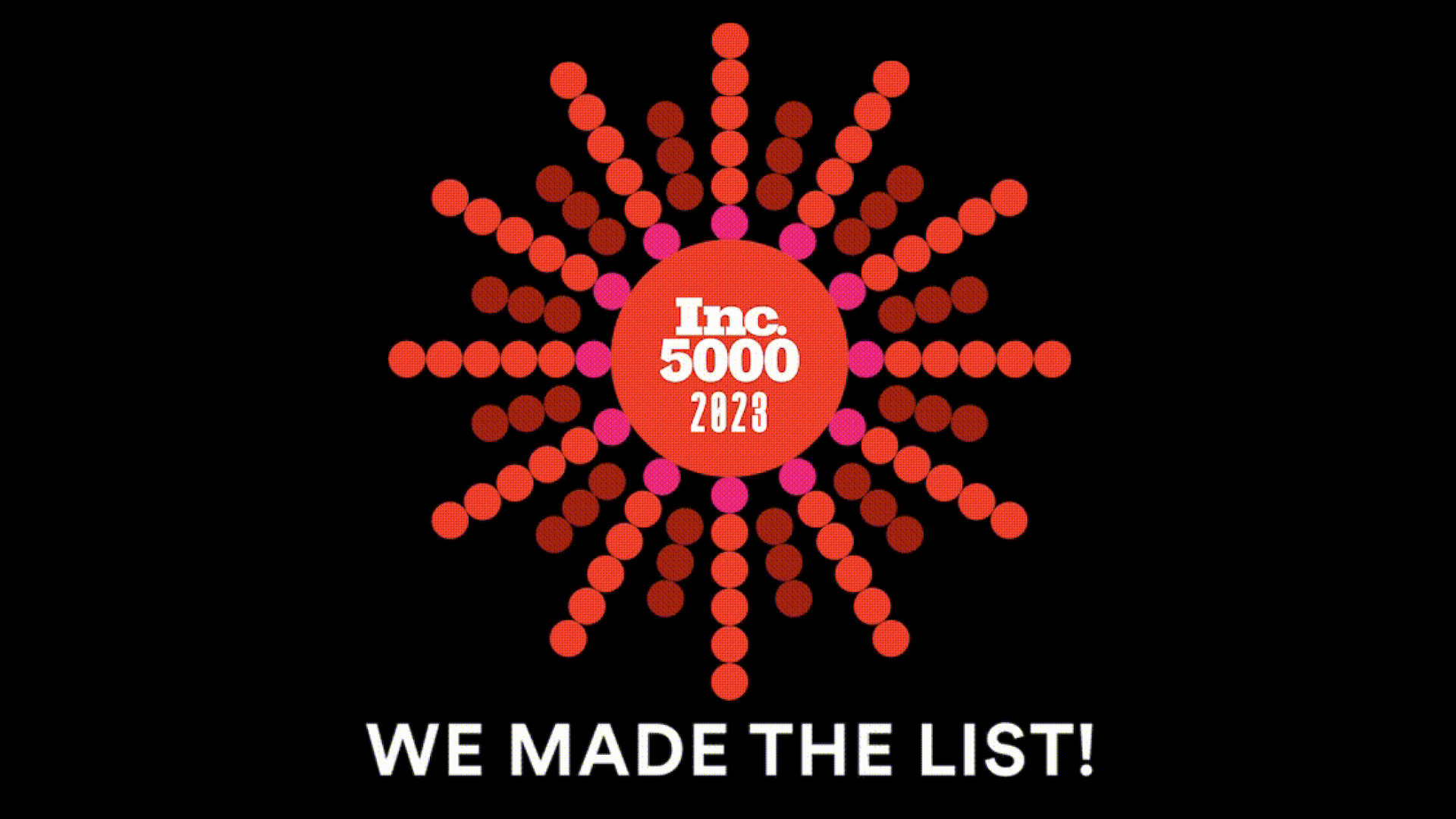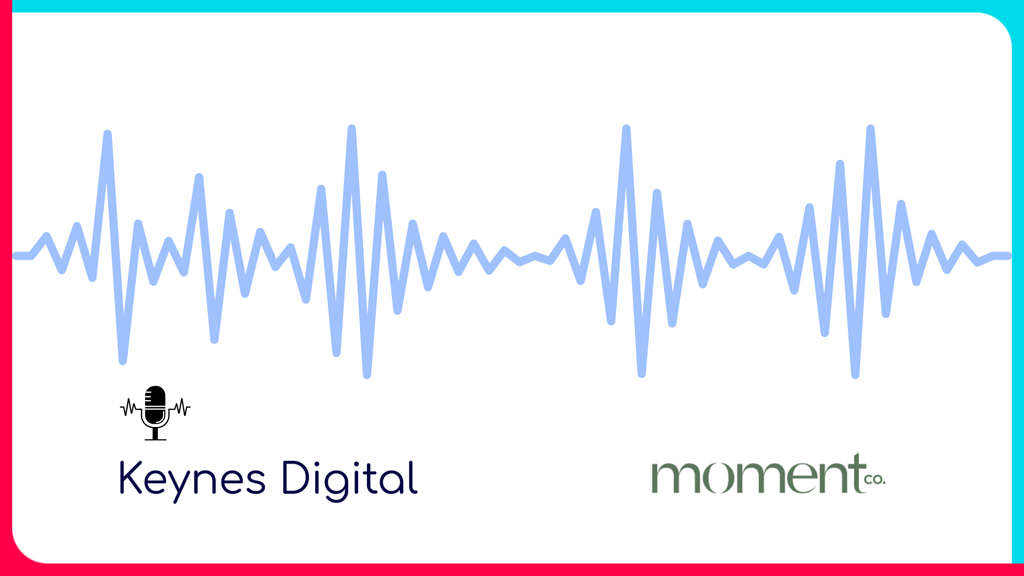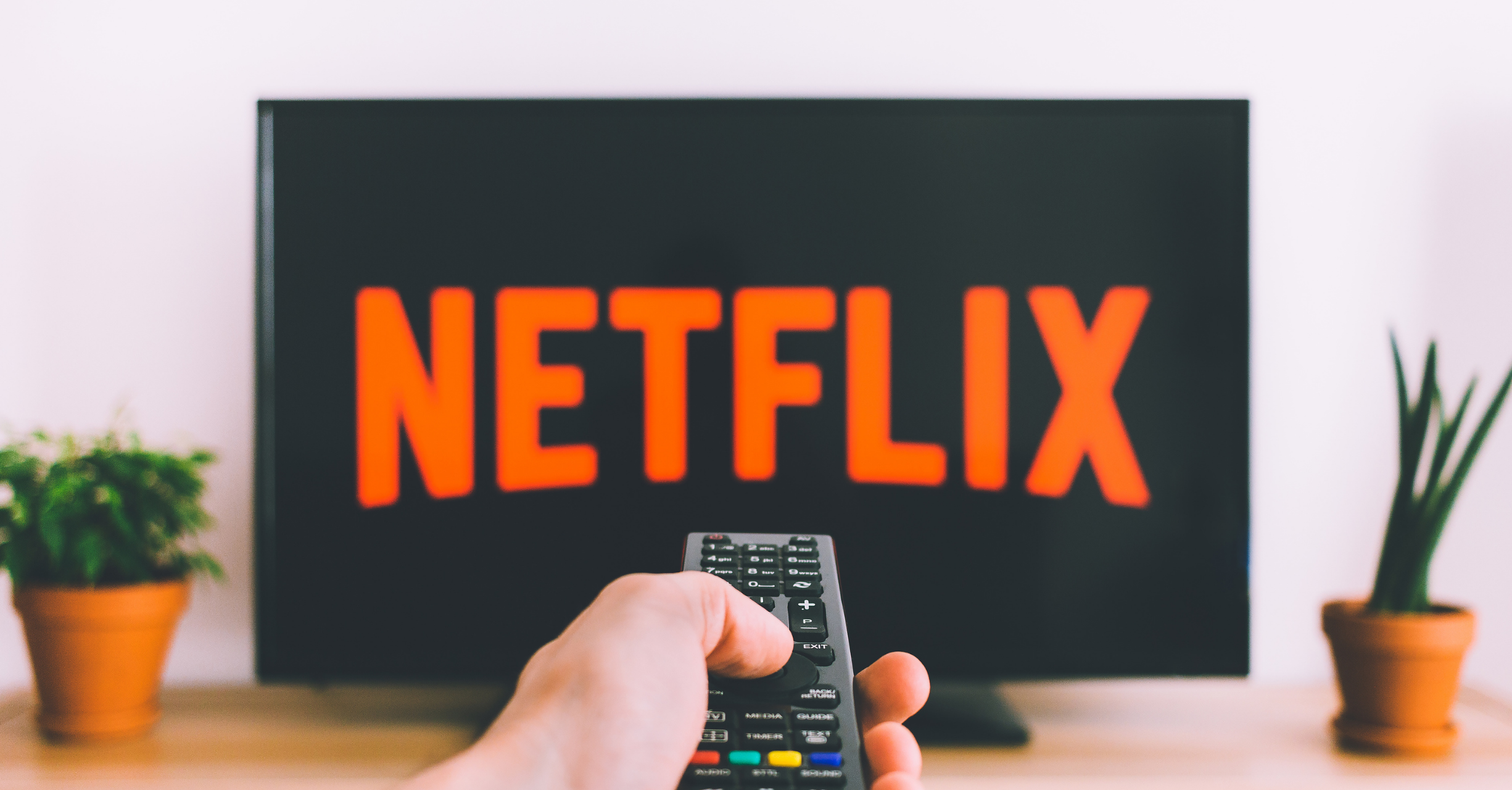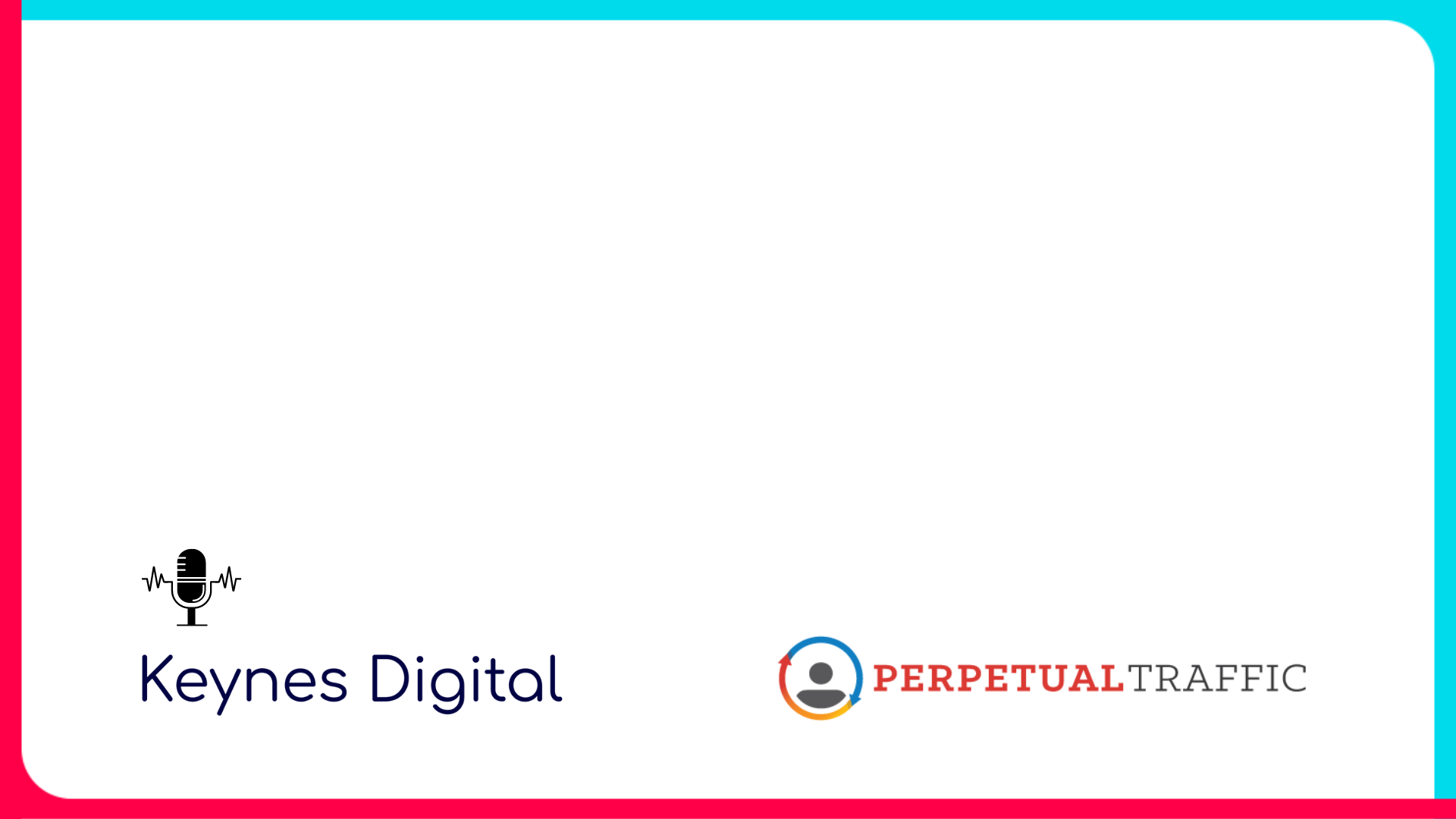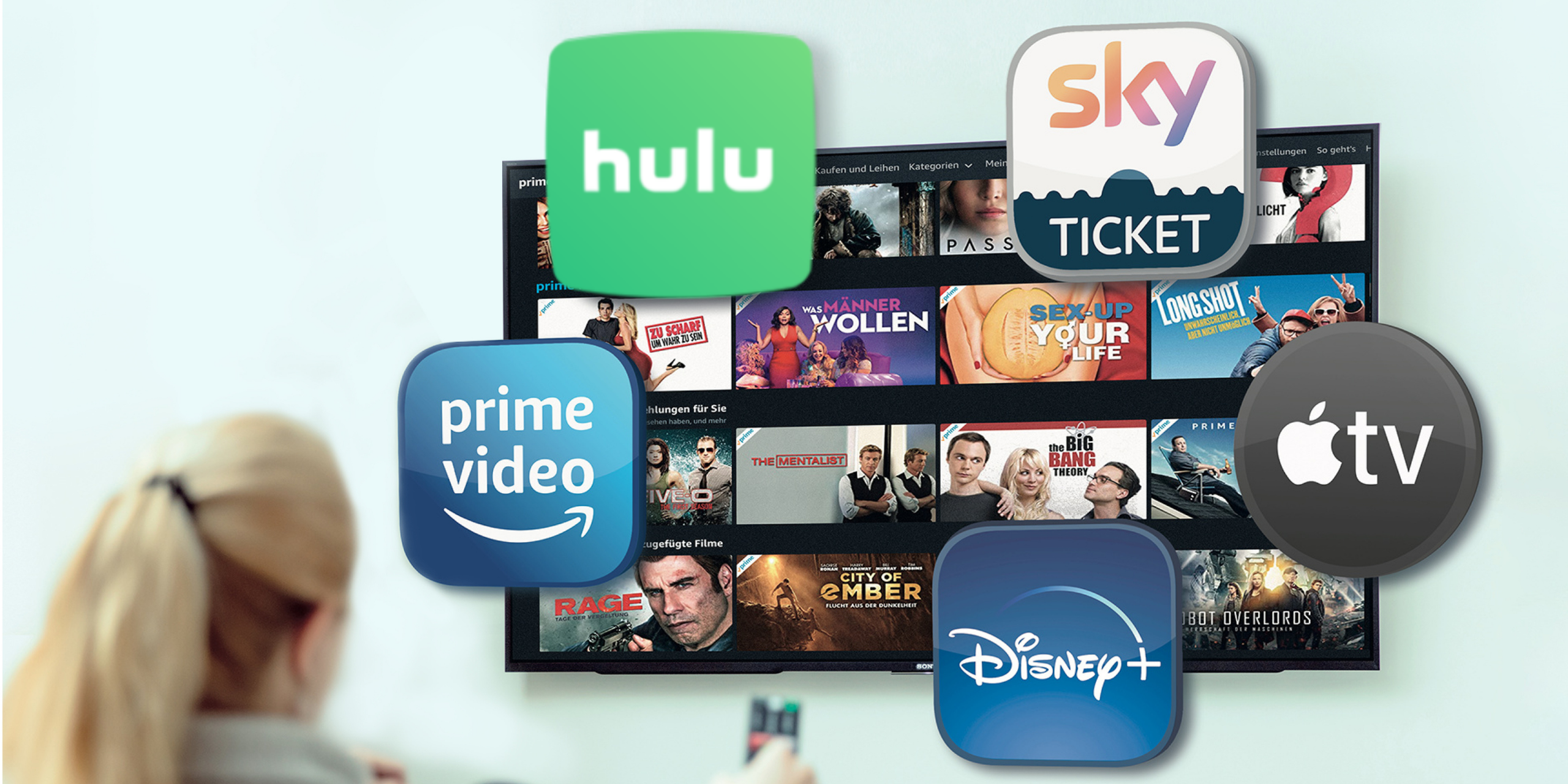What is Programmatic Advertising?
“What is programmatic advertising?” This query can be explained in the simplest or most complex of terms. A simplistic programmatic advertising definition is an automated process of bidding on online advertising. The process works smoothly for marketers by cutting out manual bidding on advertising space. Programmatic advertising works without the need for human negotiations. In the past, traditional advertising involved proposals, bids, and contracts with an ad executive.
The history of online advertising has seen rapid changes. Surprisingly, online advertising first appeared in 1994. At this time, Hotwired, a digital magazine, began to publish banner ads. The company was the first to develop the concept of charging for ad space on its web pages. In the following two years, targeting and ROI tracking tools would come into existence to attract advertisers to the format. Paid search and pay-per-click would launch a few years later, in the early-2000s. Over the last ten years, strategies have changed within the online advertising sector.
Marketers have embraced what is known as native advertising. Native advertising and programmatic advertising work hand in hand together. Programmatic advertising uses software programs to automate the process of buying and selling digital ad space. As an example, an algorithm developed determines the best ad placements on a connected TV with the targets for the brand utilized. Connected TV ad formats include a full-episode player, live-streaming, or video on demand.
Programmatic advertising meaning will often involve marketing on virtual platforms. The entire process isn’t labor-intensive due to automation from start to finish. Precise algorithms control all aspects of ad placement and pricing. Significantly, a machine handles all targeting and optimizations with minimal manual adjustments unless needed.
The process reduces errors and makes the most out of each advertising budget.
Programmatic SSP vs DSP
Programmatic advertising explained in simple terms doesn’t give the big picture of the process. Although the method involves automation, advertisers should know how the buying flow works. They also need to understand the significance of competitive bidding. Well-informed marketers have a better chance of seeing consumers take action after viewing their advertisements.
Supply Side Platform (SSP)
For programmatic advertising, the buying flow starts on the digital platform. A buyer will navigate to a webpage, and an ad impression appears for auction. This point of the process is often referred to as an SSP. SSP stands for the supply-side platform and features the online publisher using a software program to sell digital ad space. SSPs are fully automated and used for video, display, or native ads. SSPs are also compatible with online advertising methods that need to be mobile-friendly.
Demand Side Platform (DSP)
After the SSP phase of the buying flow, advertisers will be given bid access for the impressions. This phase is known as DSP. DSP stands for the demand-side platform. Brands and advertisers receive a chance to bid and purchase digital ad inventory as part of DSP. The highest bidder will win the ad space, and the impression gets served to the consumer on the digital platform. The consumer may do nothing once the image is served or click on the ad. Each click is considered a conversion for the ad impression. Both SSPs and DSPs are part of what’s known as a DMP or digital management platform. DMPs act as resources to collect and analyze large data sets. With the DMP, both the buyer and seller sides of programmatic advertising come together seamlessly.
The buying flow will go smoothly with the right programmatic partners. Programmatic partners offer their services to help brands succeed when using online advertising methods. Programmatic partners know how to take creative elements of an ad and make them appeal to those browsing on digital platforms. They can also make recommendations on the target audience and develop meaningful interactions with new and established customers.
Programmatic Advertising “Types”
Types of programmatic advertising are offered based on brand needs. The four main types of programmatic advertising include an open auction, private, preferred, and guaranteed. Each class is dependent on whether programmatic advertising is being offered as an auction or not.
Open Auction
Open auction is also called real-time bidding. Marketers are all on the same SSP network and given the same opportunities for impressions. For example, the open auction is a popular type of programmatic display advertising and will involve fluctuating prices. Publishers can set a reserve price, but demand for space will determine the final cost. In this scenario, publishers make no guarantees on inventory.
Private Auction
Private auctions or exchanges are types of online advertising opportunities that aren’t open to the public. A publisher will only invite select marketers to bid on ad impressions. Similar to open auctions, the highest bidder out of the marketing pool will win the ad space.
Preferred Deals
Preferred programmatic advertising is also known as fixed-rate deals. This transaction is a private deal between a publisher and marketer that won’t be open to others. Publishers offer select ad inventory to the brands at a fixed price. Costs are usually higher for these types of online advertising with unserved inventory made available.
Programmatic Guaranteed
Guaranteed auctions are also called programmatic direct. The publisher will reserve specific space for the marketer and offer it to them at a private set price. The price paid guarantees that a particular number of impressions will be served.
Each type of programmatic advertising offers advantages and disadvantages. A partner can recommend a variety after reviewing ad goals. For instance, those looking for exclusivity may prefer a private exchange. Advertisers who want more cost-effective placements tend to choose open auctions.
Programmatic Advertising Metrics
The goal for every marketer should be to learn programmatic advertising. Online advertising advantages have been proven time and time again through overall performance-driven results for advertisers. Programmatic advertising companies have been designed to aid marketers in their time and resources. Before programmatic advertising, marketers need to rely on trial and error with campaigns. The process was time-consuming and often not cost-effective. In comparison, the features of programmatic advertising provide the following benefits:
Reach
Programmatic advertising can provide a large amount of ad space with countless impressions served on thousands of web pages. Despite the enormous reach, marketers can quickly scale campaigns due to their budgets.
Transparency
Since the process is automated and hosted on a digital management platform, marketers should not be unsure about placements and costs. At any point, a marketer should be able to see the number of impressions served and the location.
Metric Measurements
Metrics help marketers make critical decisions about current and future campaigns. Impressions and click-through rates can help the advertiser make quick decisions about campaigns.
Data Insights
All data will be stored and analyzed on a DMP when using programmatic advertising companies. Accessing this data will help companies make the most out of their campaign budgets.
Real-time Reporting
Features of programmatic advertising also include real-time reporting. Marketers don’t need to wait weeks or months to see how well ads perform.
Relevancy
Due to the large marketplace for ad space on automated networks, relevancy improves. Brands are more likely to reach target customers.
The Power Of Programmatic Advertising
According to eMarketer, programmatic advertising platforms will continue to grow through 2021 at a share of 86.5% of all digital ad spending. The power of programmatic advertising is that it seems not to be negatively affected by the recession. Digital ad spending decreased during the pandemic, but not in the case of programmatic advertising. With access to large data sets, campaigns can be continuously tweaked to meet marketing goals.
Growth in programmatic advertising has a direct link to OTT and CTV. OTT refers to streaming platforms like Hulu, while CTV consists of streaming devices such as the Amazon Firestick and Apple TV. Ads on these platforms have a high completion rate, making them a perfect fit for programmatic advertising opportunities.
Programmatic advertising examples are now commonplace and can inspire the selling of both online and offline products. For instance, Kellogg’s is a company that has used programmatic advertising with success without online inventory. After a digital ad campaign from the cereal manufacturer, visibility improved by 70% with three times better targeting.
A programmatic advertising agency can assist with the next steps. Using a dedicated provider is especially important for those new to the medium. A programmatic agency advises on types of bidding platforms that work best to reach brand goals. All marketers should integrate the strategy in one way or another to take advantage of anticipated growth in the sector.
Industry Expert Insights
We are your high-touch, performance-focused streaming TV and programmatic advertising partner. Our team of experts and a one-of-a-kind data-driven platform connects you to the best streaming TV marketing strategies.


